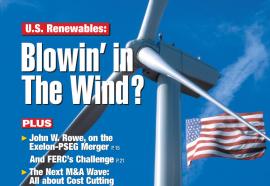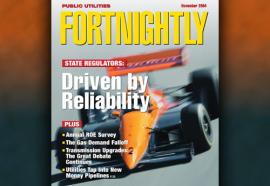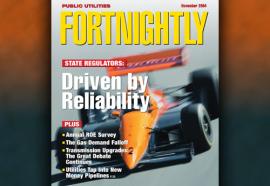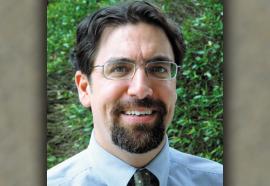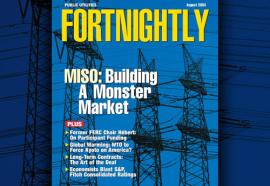The EPA Speaks Out: The Clean Air Interstate Rule Explained
The Environmental Protection Agency reviews how the multi-pollutant control concept is to work.
Currently, 132 areas do not meet the new National Ambient Air Quality Standards for fine particles or ozone, affecting some 160 million people, or 57 percent of the U.S. population. What efforts are under way by the EPA to bring these areas into compliance?



